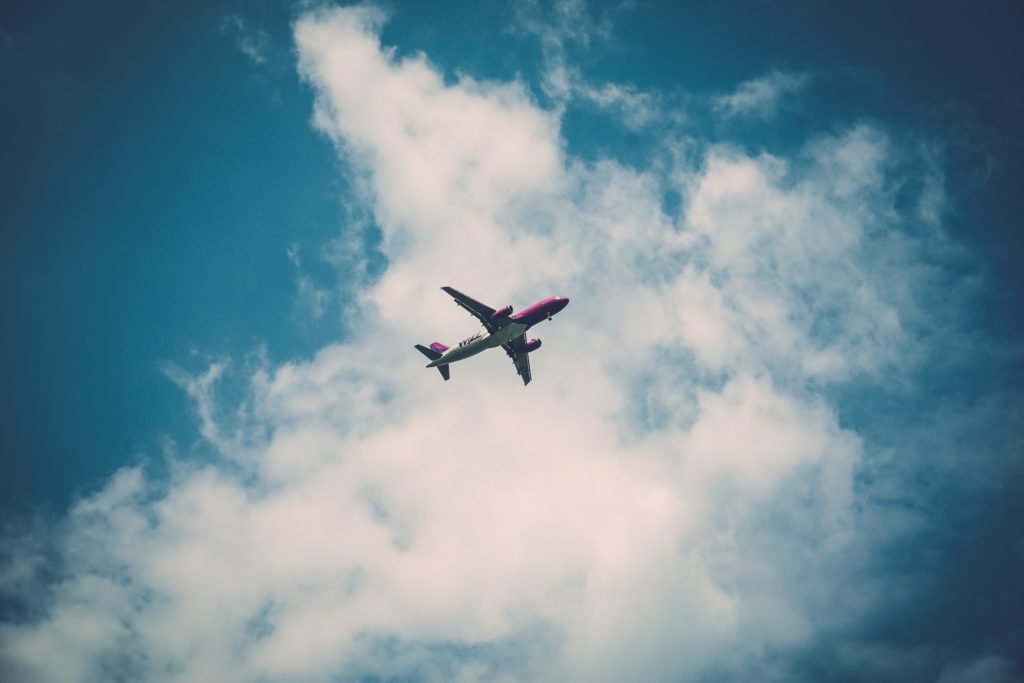Is Your Airline Safe to Fly?

Flying between countries overseas and worried about whether your plane will be safe? Don’t fret. There are regulations in place that airlines have to meet – and those that don’t aren’t allowed to fly in conjunction with American or European airlines. You can also check safety ratings for each airline before take off.
Earlier this week, a Lion Air Flight crashed, killing everyone on board. Both the United States and the European Union had just let the airline back in their airspace in 2016, following a nearly decade-long ban due to safety evaluations. And though it didn’t necessarily matter in the Lion Air crash, worried travelers have access to those evaluations when deciding to fly a certain airline. Here’s how to find them.
Travelers in the United States have access to the International Aviation Safety Assessment. It judges airlines based on country, deciding whether they are safe to fly or not, and the results list countries rather than specific airlines. In order to be safe, the airlines must comply with United Nations safety standards as established by the International Civil Aviation Organization. The U.N. checks airlines against eight standards, like operating regulations, personnel training, and aviation laws in that country. A “1” rating means the airline passed, a “2” rating indicates a failure. Currently, the only failing countries are Bangladesh, Curaçao, Ghana, Sint Maarten, and Thailand, The New York Times reported. The European Union rates airlines based on the same U.N. standards and publishes results in the Air Safety List, which has airline-specific information.
The airlines and countries that fail the rating are not allowed in American or European airspace—and the airlines of the offending country around even allowed to operate under codeshare agreements with passing airlines.
[Photo: Shutterstock]






















